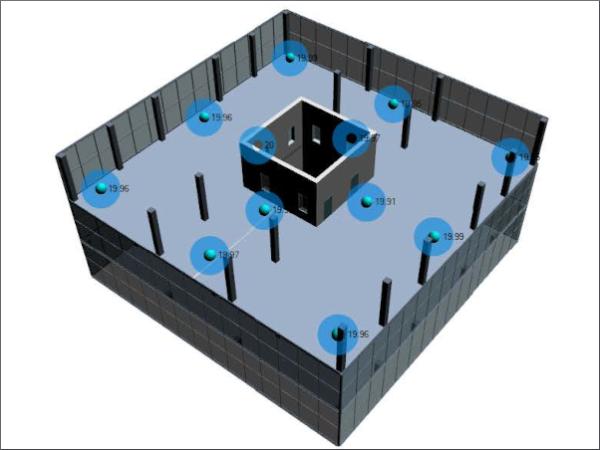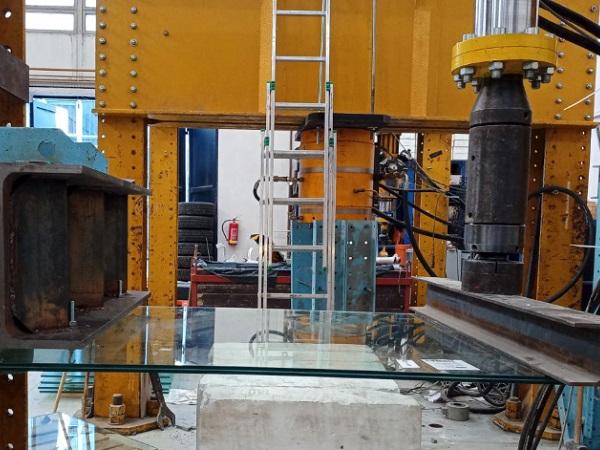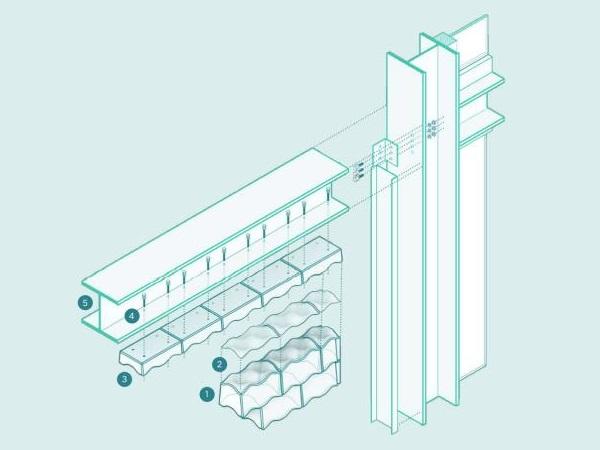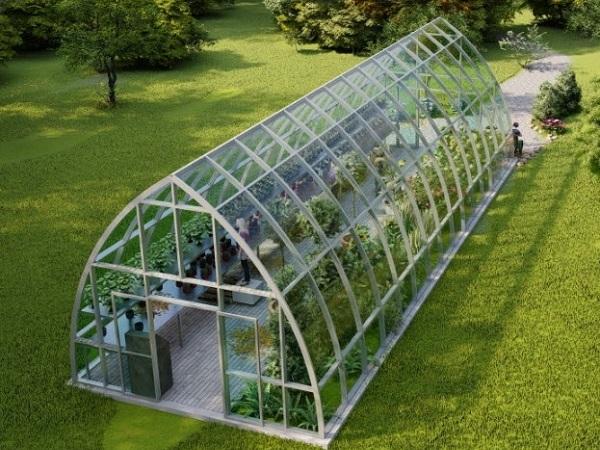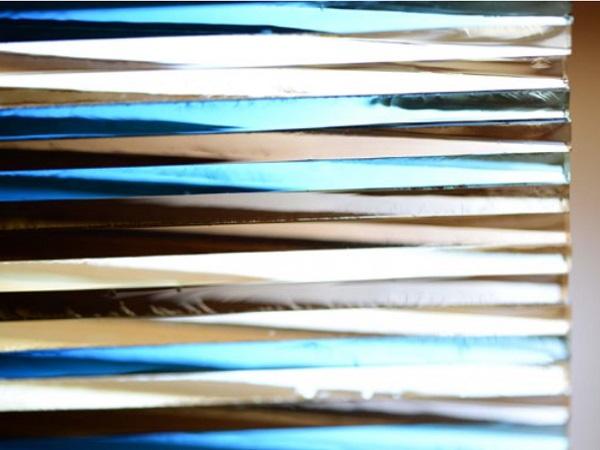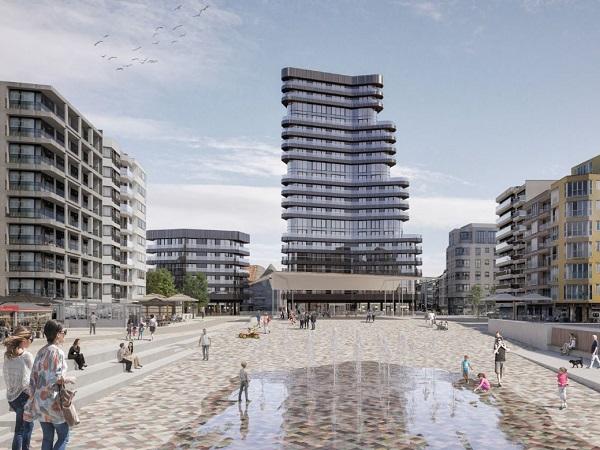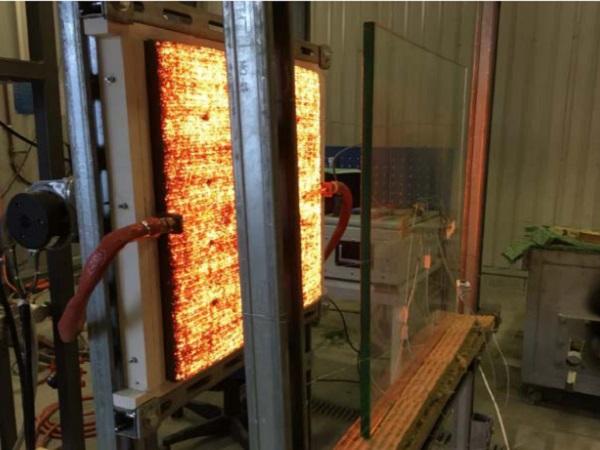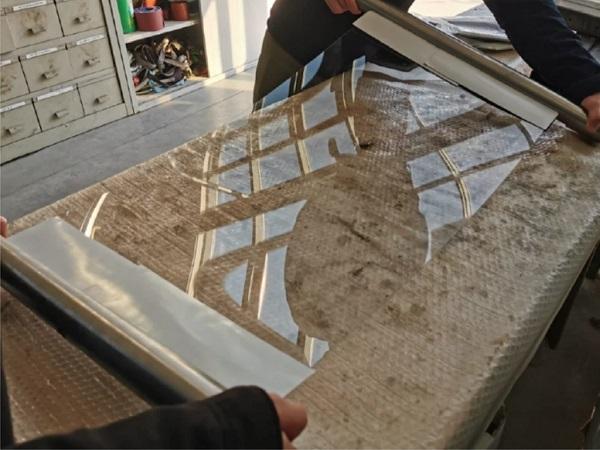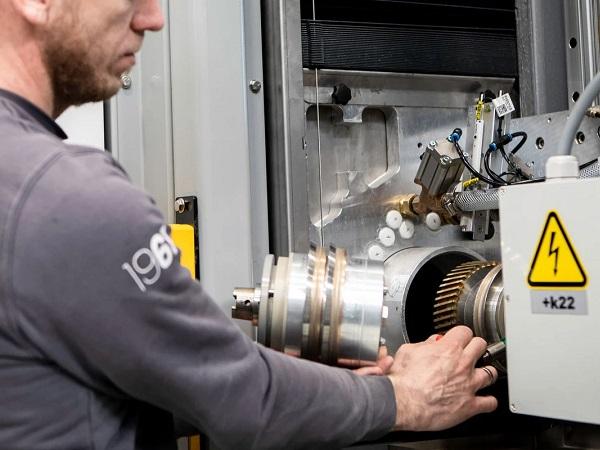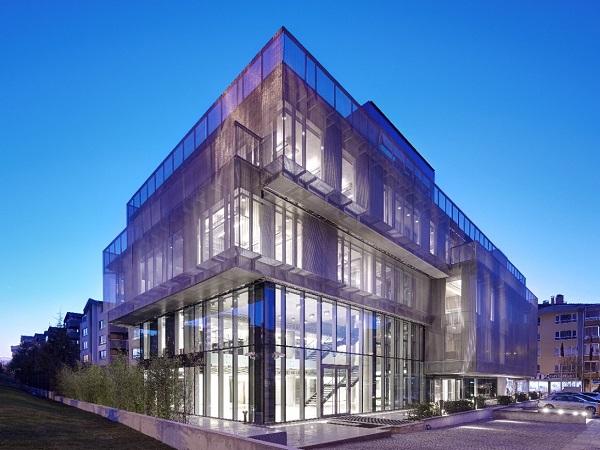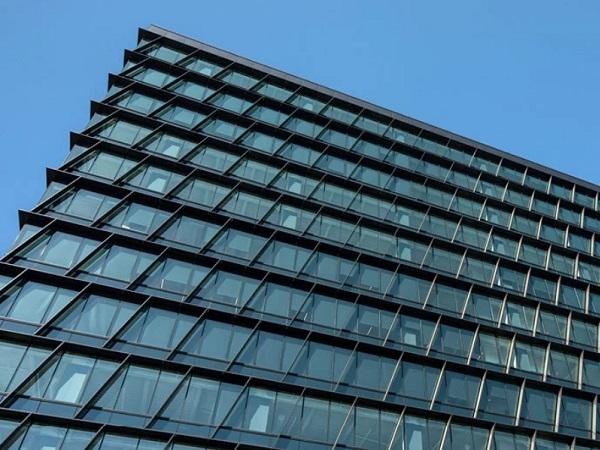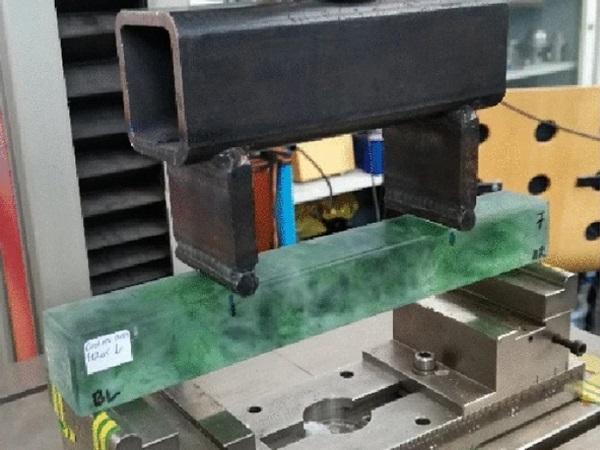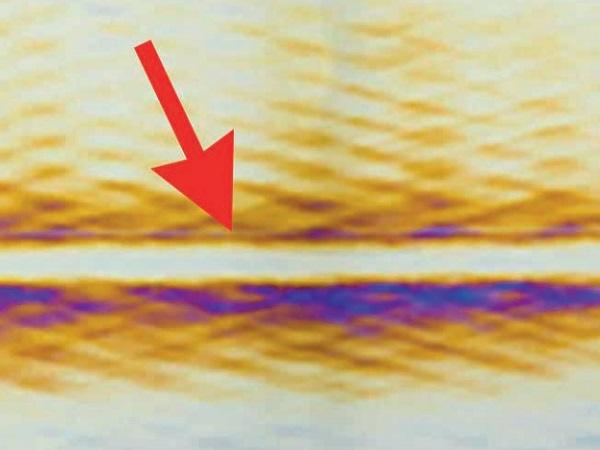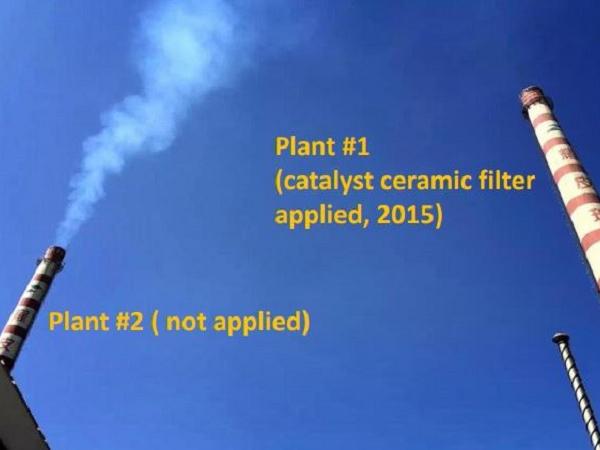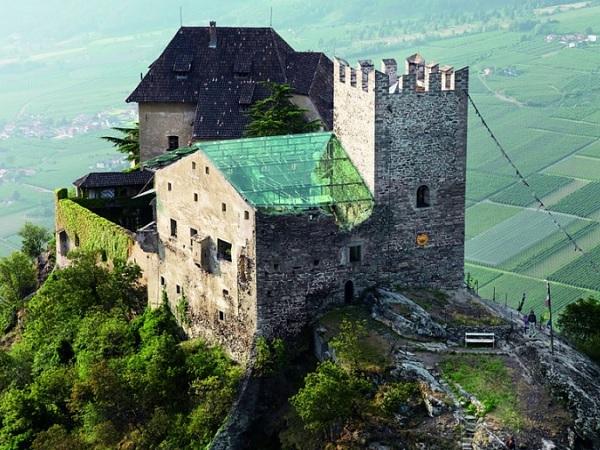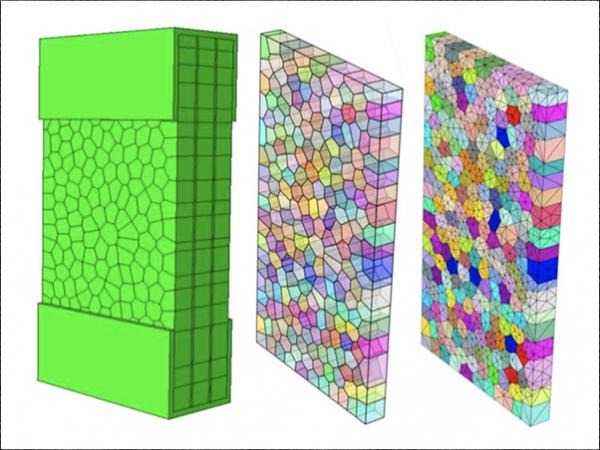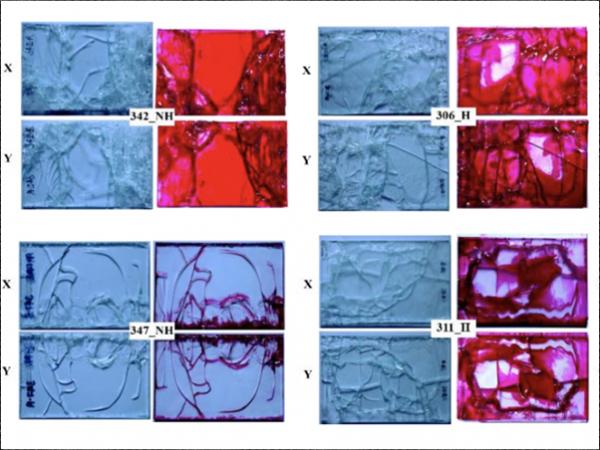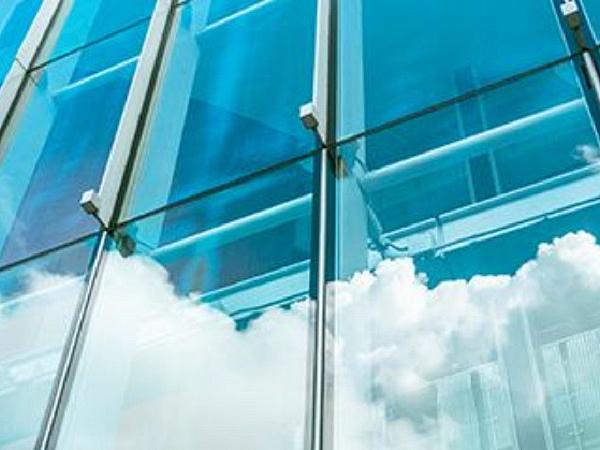Others also read
| A new BIM tool processing IEQ data input for building management and energetic optimizations
| Within this research, two sets of real-scale laminated banister panels with the embedded connection were tested.
| An Interlayer Material Study Towards Circular, Dry-Assembly, Interlocking Cast Glass Block Structures
| The results of the classification of hail resistance classes for different materials for greenhouse enclosures are presented in this paper.
| Color Depth is a material-based research project investigating the optical and structural properties of thick glass.
| The main challenge in the design of the duplex façade was the high aesthetical performance that the façade had to meet.
| This first episode is devoted to the white haze phenomenon – one of the most asked about issues in the history of #AskGlaston.
| This paper focuses on a recently developed concept, in which glass is combined with timber to provide post-breakage strength and ductility.
| The use of new generation thin, lightweight and damage-resistant glass, originally conceived for electronic displays, is moving its first steps in the built environment, in particular for adaptive and movable skins and façades.
| After seaming, grinding glass edges is another important work step in glass edge processing. The process is primarily used to remove overbreaks and underbreaks at the edges and to process the glass sheets to size.
| In glass tempering, we look for equipment that uses less energy, leading to fewer emissions. But sometimes, the numbers are too good to be true.
| Making new and existing buildings as energy efficient as possible is one way to help meet the EU’s CO2 reduction goals.
| The significance of balancing operational and embodied carbon continues to grow.
| Global environmental concern is motivating efforts to improve energy efficiency in all industrial sectors. And glass tempering is no exception.
| Glass production is an energy-intensive process by its nature, so even small reductions there can result in considerable savings in energy and costs.
| Limiting global warming require “rapid and far-reaching” transitions in land, energy, industry, buildings, transport, and cities.
| This paper explores the flexural strength of recycled cast glass—a property relevant to the engineering practice.
| Anisotropy is the term used in the façade industry to describe the manifestation of patterns and colourful areas in heat-treated glass under certain light and viewing conditions.
| One-Step Multi-Air Pollutant Control Solution.
| This research investigates the potential of glass as a new design tool to highlight and safeguard our historic structures.
| In this work, a combined Voronoi and finite-discrete element method (FDEM) approach for reconstructing the post-fracture model of laminated glass (LG) was proposed.
| This study forms part of a wider research programme that aims to better address the end-of-life challenges and opportunities in façade design for re-use.
| Sustainability and the circular economy are increasingly influencing work and production processes in glass manufacturing, too.
| What is your vision of the future? What role will glass play in your vision?
| Noise as one of the major pollutants in our environment and society

